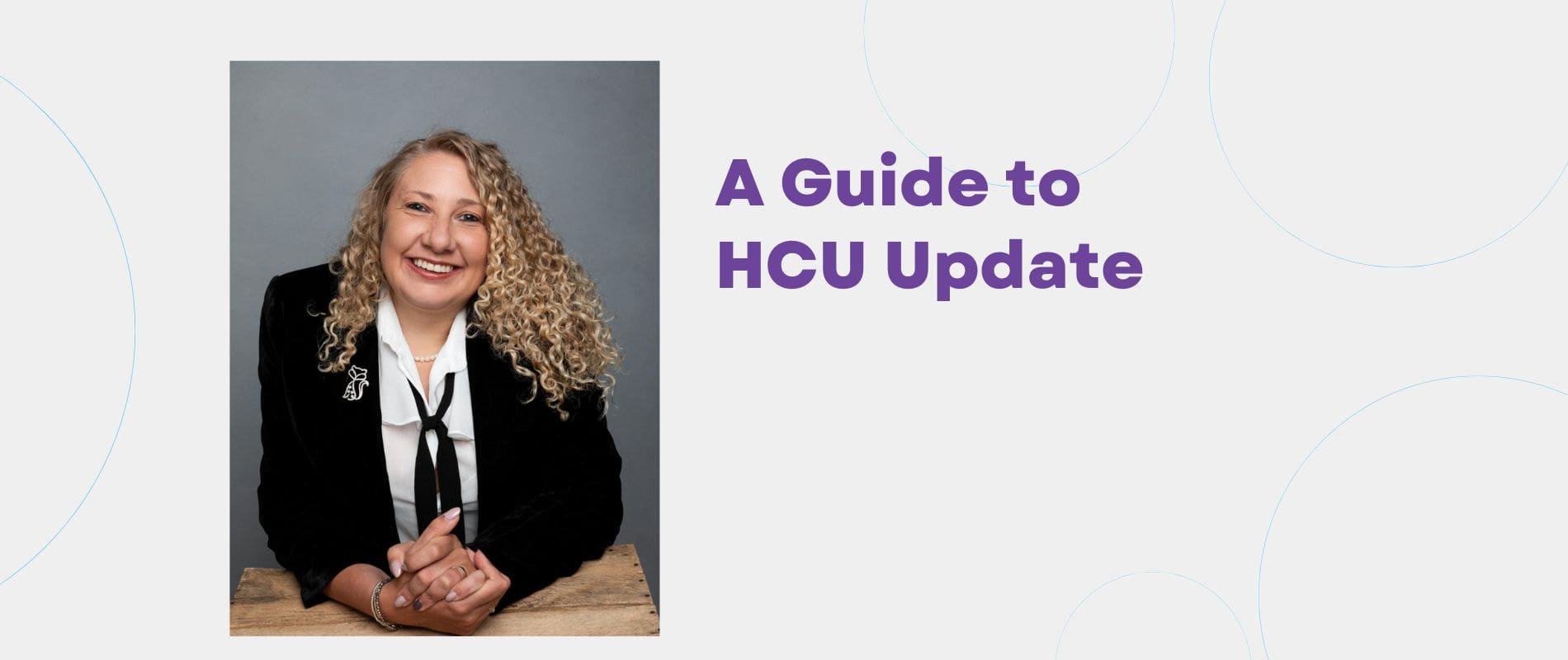
Helpful Content Update
Understanding Google’s Helpful Content Update: What Small Business Owners Need to Know
I have been in the SEO industry since 2008 and there isn’t a day I don’t speak to a business owner who is annoyed at Google for tanking their sites rankings. Whether we agree with Google or not, the fact is, Google are a third party business, if we base the success of our business on Google, we have to do our best follow the way they are evolving and move our sites in the same direction.
In recent years, Google has rolled out major changes to how it ranks websites, focusing on giving searchers more useful, high-quality results. One of the most impactful updates, known as the “Helpful Content Update,” targets content that’s written for search engines rather than for real people. This means that if your website has articles or pages that are stuffed with keywords but don’t genuinely help visitors, they may start to drop in Google rankings.
Why Google’s New Approach Matters
Before the helpful content update, some content could rank well simply by following SEO tactics to appear higher in Google results, even if it didn’t actually help or inform readers. Now, Google is cracking down on that. With this update, they’re using a system that continuously reviews websites and those that lack credibility or helpfulness. The goal? Reward websites that truly answer questions and give people what they need.
They need to do this because so many people are just relying on AI to write content without reviewing it or considering the quality, Google doesn’t want their search engine to be full of robotic content.
If Google determines that your website has “unhelpful” content, it may take a while to regain lost rankings even after making improvements. So, keeping quality in mind from the start is essential. Try not to panic if you do see a drop in rankings. Take a deep breath and look at it logically.
What This Means for Small Businesses
If you’re a small business owner, here’s what you need to know about this update:
- Focus on Real Value for Readers: Google wants content that is genuinely useful. Think about what your customers frequently ask or need to know, and create content that answers these questions in a clear, practical way. This could mean guides, how-to articles, FAQs, or insights based on your experience. Take a step back and put yourself in your customers shoes, does this content make you want to engage with the site? Is there personality there?
- Keep Content Up-to-Date: Google also favours websites that are regularly maintained. Review your content every few months to make sure it’s accurate, reflects current information, and includes any changes in your business offerings. I don’t believe a website should ever be truly finished. We grow, we get more savy, we have more choices for who we do business with. Make sure your site grows with you and your target audience.
- Avoid Overloading Keywords: If you’ve been advised to use lots of keywords to improve search rankings, take a step back. While keywords can help, Google’s update prioritizes natural, easy-to-read language over repetitive keyword use. It’s more important to sound like a trusted source than to use exact keywords repeatedly. I have been advising that sites focus on one keyword per page since the update. If you focus on one keyword and write naturally, you will find that the semantic targets follow.
- Pay Attention to AI-Generated Content: With AI tools making it easier than ever to create content quickly, it’s tempting to use them to populate your website. But Google’s latest update sets higher standards for AI-generated content. If you use AI, make sure the final result is accurate, valuable, and relevant to your audience. Proofreading and adding a personal touch can make a big difference. Use AI tools such as Chat GPT for ideas and structure but always add human elements.
- Check for a Good User Experience: Google wants your content to be accessible across all devices—desktop, tablet, or smartphone. Make sure your site loads quickly, is easy to navigate, and looks good on smaller screens. Focus on your core vitals.
Simple Steps to Improve Your Website
- Audit Your Content: Look over your existing content and remove or improve anything that doesn’t offer real value to your customers. This might include vague or overly promotional pieces that don’t really answer questions or provide helpful details. When you are reading back your content, make sure you can hear personality in what you have written.
- Listen to Your Audience: Pay attention to the questions your customers ask. Use this as inspiration for articles, guides, or FAQs on your website that directly address their needs. This is a perfect strategy for semantic and long-tail searches.
- Think Long-Term: Building up quality content takes time. Avoid quick fixes and prioritise content that helps people understand your business and its value.
By focusing on clear, customer-centered content, you’ll be better positioned to meet Google’s standards, connect with your audience, and ultimately grow your business.